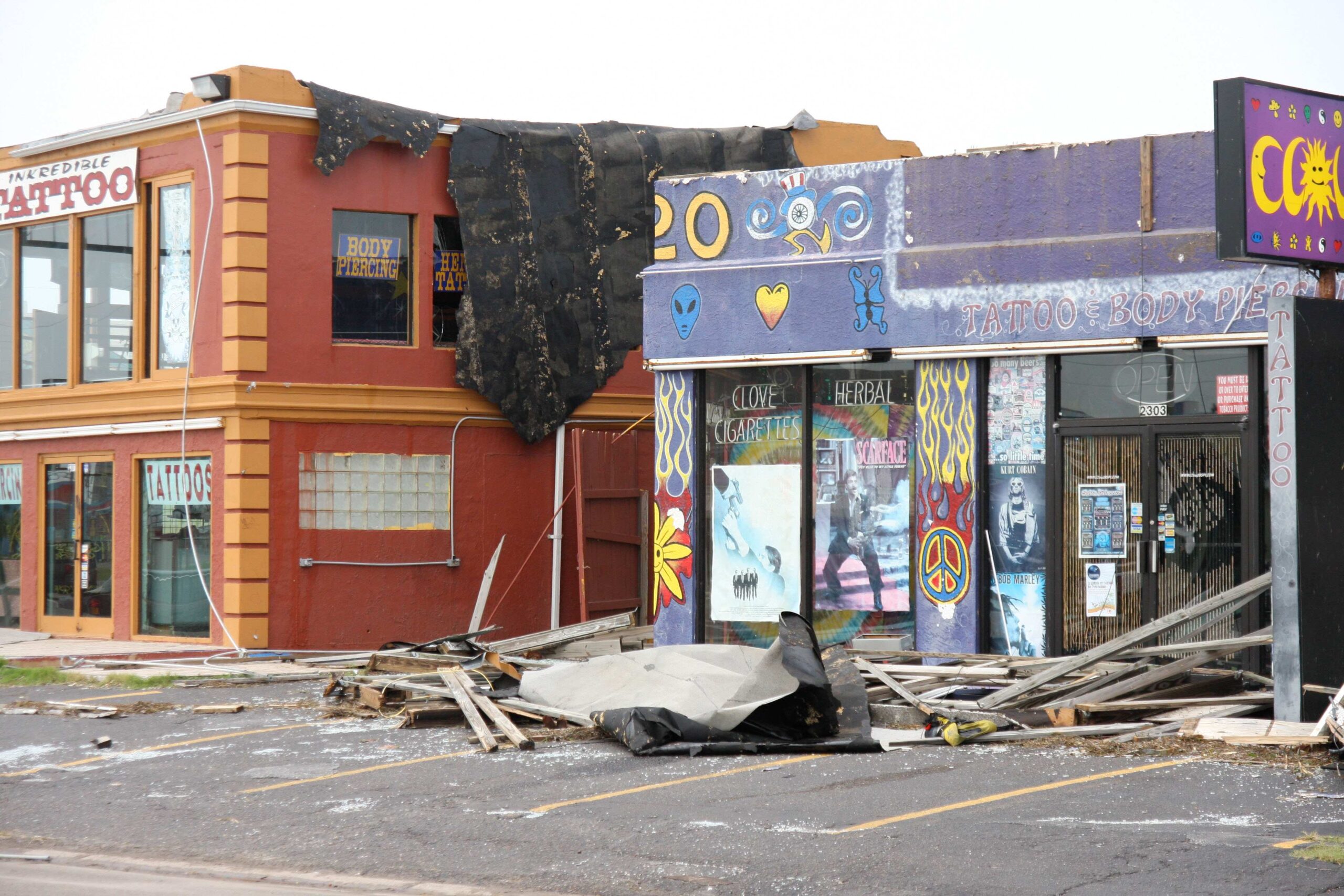What would happen if a disaster struck your business tomorrow? Would you know what to do? A Small Business Continuity Plan is a valuable reference document for the business owner(s) and their team to answer questions and provide information to aid in the business’s recovery.
Did you know- that according to the Small Business Administration (SBA), 25% of businesses affected by a disaster failed to reopen.
Benjamin Franklin once said,
“By failing to prepare, you are preparing to fail.”
Benjamin Franklin
Assuming that you have reviewed your Operational Business Risk as well as your Financial and Governmental Business Risk and laid them out in a Risk Matrix, your business is well on its way to understanding its risk profile. However, one area that requires a Small Business Continuity Plan is related to your Structural Risk, which is part of operational business risk.
Structural Risk can come in three basic forms:
- Infrastructure – Relates to disruptions caused by crime, power or communications outages, or access to the facility.
- Natural Disaster – Relates to damage to the premises by floods, hurricane, tornadoes, or earthquakes.
- Fire – Relates to not only actual damage caused fire to the premises, but might cause business disruption based on damage to areas surrounding the premises. This includes subsequent effects such as flooding or limited access to the business location.
A Small Business Continuity Plan lists all the tasks and processes that need to be completed if a disruption to the business occurs. When creating your continuity plan, it’s important to focus on the effects rather than its cause.
The Small Business Continuity Plan should address the risks that are most likely to occur and would have a greater impact on your business if they occurred. This is where the risk matrix can add value.
Your Small Business Continuity Plan is a document that should be copied and stored with multiple people and at multiple locations to ensure that a copy can be accessed in cases of emergency. While there are many continuity plan templates that you can download on the internet, for the most part, all continuity plans will include:
- Critical Assets
- Critical Operations
- Key Suppliers/Contractors
- Insurance
Critical Assets
A company’s critical assets will fall into five categories:
- People – Contact information in the form of telephone and emails for employees, customers vendors, suppliers, etc. Your Small Business Continuity Plan should also include an email alert system or call tree to keep your employees and key stakeholders in the loop about your recovery. With a comprehensive list of contacts, you can use phone calls, texting, and even social media to provide updates on your recovery process and let everyone know you’re still in business.
- Building – Addresses of physical locations, storage units, offices as well as copies of leases. It is also a good idea to list the people that have access or keys for each of these locations.
- Equipment – List of computer hardware (including: model, serial number, purchase date, and cost), software (including: version, serial/key number, purchase date, and cost), tools, equipment, furniture, etc. This will be necessary for insurance purposes.
- Data – Important documents, payroll information, accounting information, records, login/passwords, data backup locations, etc. Make sure you can access your business website and social media accounts either remotely or by mobile device so you can post your operating status.
- Inventory – Lists of stock, supplies, materials, etc.
Critical Operations
All critical operations should be listed and have a staff member assigned to them. Each assigned staff member should have a list of supplies they will need, as well as procedures to restart operations if either a minimal or substantial disruption were to occur. For example- if your premises were destroyed, who would make sure your employees were paid? How would they access your payroll systems and banking information to facilitate payment?
Key Suppliers/Contractors
A list of company names and phone numbers for customers, vendors, and suppliers so that you can communicate your recovery status.
You may also want to develop relationships with alternative vendors and suppliers in case your primary contractor isn’t available.
Insurance
The name of insurance agent(s), type of insurance, policy numbers, deductibles, and policy limits. You may want to consider Business Interruption Insurance, which compensates you for lost income if you have to close your doors when disaster strikes.
Do you have a Small Business Continuity Plan for your business?












